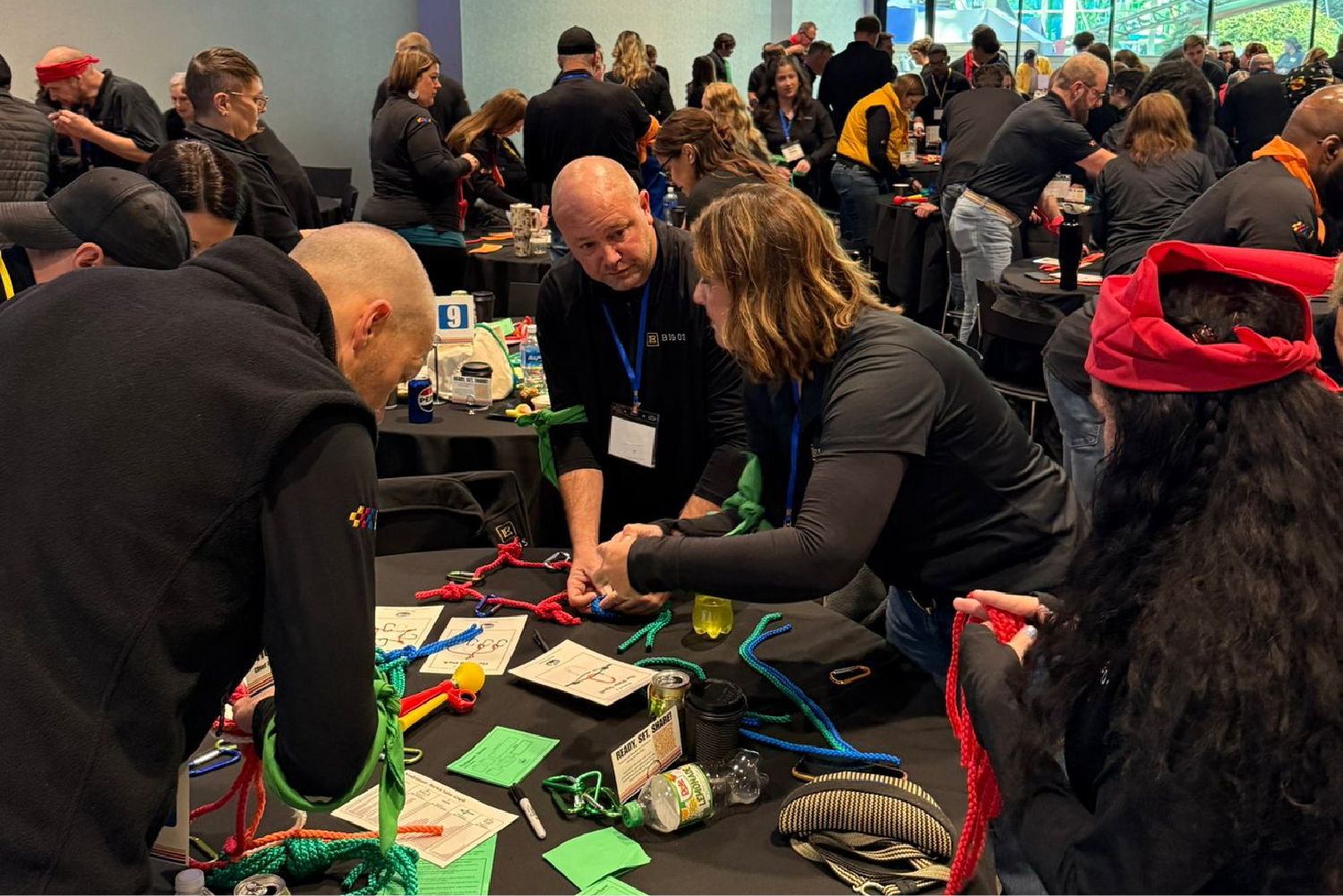Fostering Diversity and Inclusion in Culture Transformation
Diversity and inclusion (D&I) are no longer optional for organizations—they are essential for driving innovation, engagement, and long-term success. When woven into culture transformation initiatives, D&I becomes a powerful force for positive change, fostering environments where every individual feels valued and empowered.
In this article, we’ll explore the role of diversity and inclusion in culture transformation, practical strategies to integrate D&I into transformation efforts, and examples of how organizations have achieved culture transformation success through a focus on inclusion.
The Importance of Diversity and Inclusion in Culture Transformation
- Drives Innovation
Diverse teams bring varied perspectives and experiences, which fuel creativity and innovation. A culture that embraces D&I creates space for these ideas to thrive.
- Builds Employee Engagement
When employees feel included, they are more engaged, motivated, and committed to the organization’s success. This engagement is critical for effective culture transformation.
- Reflects Organizational Values
A commitment to diversity and inclusion signals that an organization values fairness, equity, and representation, aligning with modern culture transformation vision and goals.
- Enhances Decision-Making
Inclusive cultures encourage open communication and diverse input, leading to more informed and balanced decision-making.
Strategies for Fostering Diversity and Inclusion in Culture Transformation
- Conduct a D&I Assessment
Start by evaluating your current state of diversity and inclusion. Use tools like culture transformation metrics, employee surveys, and demographic analyses to identify strengths, gaps, and opportunities.
- Define Clear D&I Goals
Incorporate specific D&I objectives into your culture transformation strategy. Whether it’s increasing representation in leadership or fostering inclusive decision-making, clear goals provide focus and direction.
- Engage Leadership
Culture transformation leadership is critical for embedding D&I into the organizational fabric. Train leaders to model inclusive behaviors and hold them accountable for progress.
- Create Inclusive Policies and Practices
Ensure that policies around hiring, promotions, and team collaboration promote fairness and equity. Review existing practices for unconscious bias and make necessary adjustments.
- Incorporate D&I into Training Programs
Offer regular training sessions on topics such as unconscious bias, cultural competency, and inclusive leadership styles. These programs can help employees understand their role in fostering an inclusive culture.
- Highlight Success Stories
Share culture transformation success stories that showcase the impact of D&I initiatives. These stories inspire others and reinforce the importance of inclusion in driving transformation.
Overcoming Challenges in D&I Integration
Resistance to Change
Some employees or leaders may resist D&I efforts due to misunderstandings or discomfort. Address this through open communication, education, and emphasizing the benefits of inclusion.
Inconsistent Implementation
Inconsistent application of D&I practices can undermine progress. Use culture transformation workshops to align teams and ensure a unified approach.
Measuring Impact
Quantifying the success of D&I efforts can be challenging. Leverage culture transformation metrics to track progress, such as changes in employee engagement, retention, and representation.
Case Study: Inclusion-Driven Culture Transformation
A tech company recognized a lack of diversity in its workforce and leadership as a barrier to innovation. Here’s how they integrated D&I into their culture transformation:
- Assessment: They conducted a comprehensive D&I audit to identify gaps in representation and inclusion.
- Leadership Training: Leaders underwent training on inclusive leadership styles and unconscious bias.
- Inclusive Policies: The organization revamped its hiring process to prioritize diverse candidates and introduced mentorship programs to support underrepresented groups.
- Employee Engagement: Culture transformation workshops provided employees with a platform to share their experiences and propose solutions.
The results were significant: improved employee engagement scores, increased representation in leadership, and a reputation as a leader in workplace inclusion.
The Path Forward: Building a Culture of Inclusion
Diversity and inclusion are not just components of culture transformation—they are essential drivers of its success. By embedding D&I into every aspect of your transformation strategy, you create a culture where everyone can thrive.
Organizations that prioritize D&I in their culture transformation initiatives position themselves for sustainable growth, innovation, and a future-ready workplace. Start today by assessing your current state, defining clear goals, and engaging your team in creating a culture that celebrates diversity and fosters inclusion.





